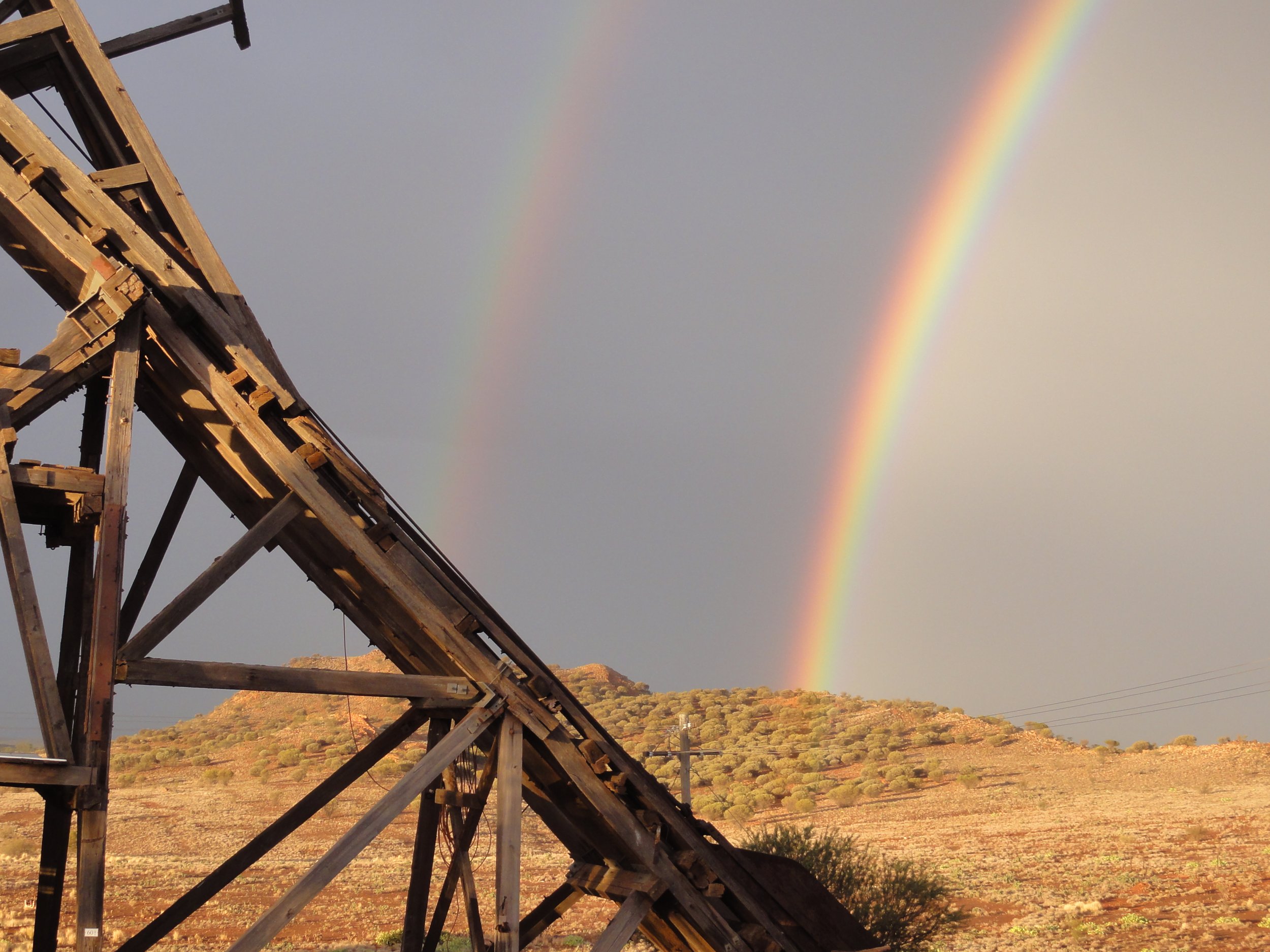Elegant, rustic, functional and historic.
I had heard about these fishing nets just before I embarked on my trip to southern India, but I didn't think they would have had quite such an impact on me. I was stunned by their size and by their elegance, and by the physical effort it took to operate these nets. I was also mesmerised by their beauty.
I came face to face with these ancient, and possibly, the most majestic fishing apparatus imaginable, in Fort Kochi in the southern Indian state of Kerala. These magnificent giant crab-like structures date back to the 1350’s. It's unclear whether they originated with the arrival of the Chinese explorer Zheng He or with the Portuguese, but what is clear is that the longevity of these fishing nets is now in question, and an age old tradition that has been passed on through the generations may be dying out.
Known as ‘Cheena Vala’ in the local Malayalam language, the Chinese fishing nets have an important role in the fishing history of the area and today they have become the most photographed attraction by visitors. When I glimpsed a Chinese fishing net for the first time, I was surprised by the feeling that came over me – I just wanted to stand there all day and listen to the gentle creaking and whooshing as the toughened and wiry fishermen slowly and methodically raised their net, in hope of catching some fish; a truly mesmerising sight.
Here I got to see the men in action, pulling and bracing and hoping for a few fish.
It’s tough work fishing like this and requires a minimum of four men. It’s about teamwork and timing and brute strength. The Chinese fishing nets stand proudly like giant hammocks along the Fort Kochi shoreline but don't yield significant quantities of fish anymore, and the once profitable business is now slowly dwindling. According to one article in The Hindu, the fishermen have noted a big enough decline in their catch that they believe their livelihoods are now at stake, this in turn will also influence the future of the fishing nets.
Kochi also happens to be the location of a major shipping channel where day and night, city-sized container ships mingle with ferries, fishing boats and everything in between. Dredging is carried out on a regular basis to accommodate these enormous vessels and this is one of the major reasons the ongoing operation of the Chinese fishing nets could be affected. Overfishing and pollution have also had a negative impact on this ancient practice.
I saw this small group of fishing nets from a boat, their silhouettes were so striking in the sunset.
Fixed to the land, these huge structures have umbrella-like nets that are attached to teak and bamboo poles, some of which are now being replaced by galvanised iron. They span twenty metres or more in diameter and are stretched out over the sea. The nets are then physically lowered with the weight of one man who carefully walks along the pole. The nets are raised using counterweights, which are large stones attached to the end of long ropes and, human strength of course. It’s a simple cantilevered mechanism that has been used in other parts of the world too, including on the coast of France.
This is the work-end of the fishing net where a minimum of four men are needed to pull the net up.
But maintenance costs and a diminishing catch is making it increasingly difficult for fishermen to sustain this ancient practice. I'm glad I got to witness these beautiful fishing nets in action. Many of them along the coast have already been disassembled. But hopefully the handful that are still around will be recognised for their historical and cultural value, and preserved accordingly.






